Mise en Scene: Girgaon
I learned that the Communist Party of India (CPI) is celebrating its 100th anniversary this year thanks to a message outside its office in Girgaon's Khetwadi.
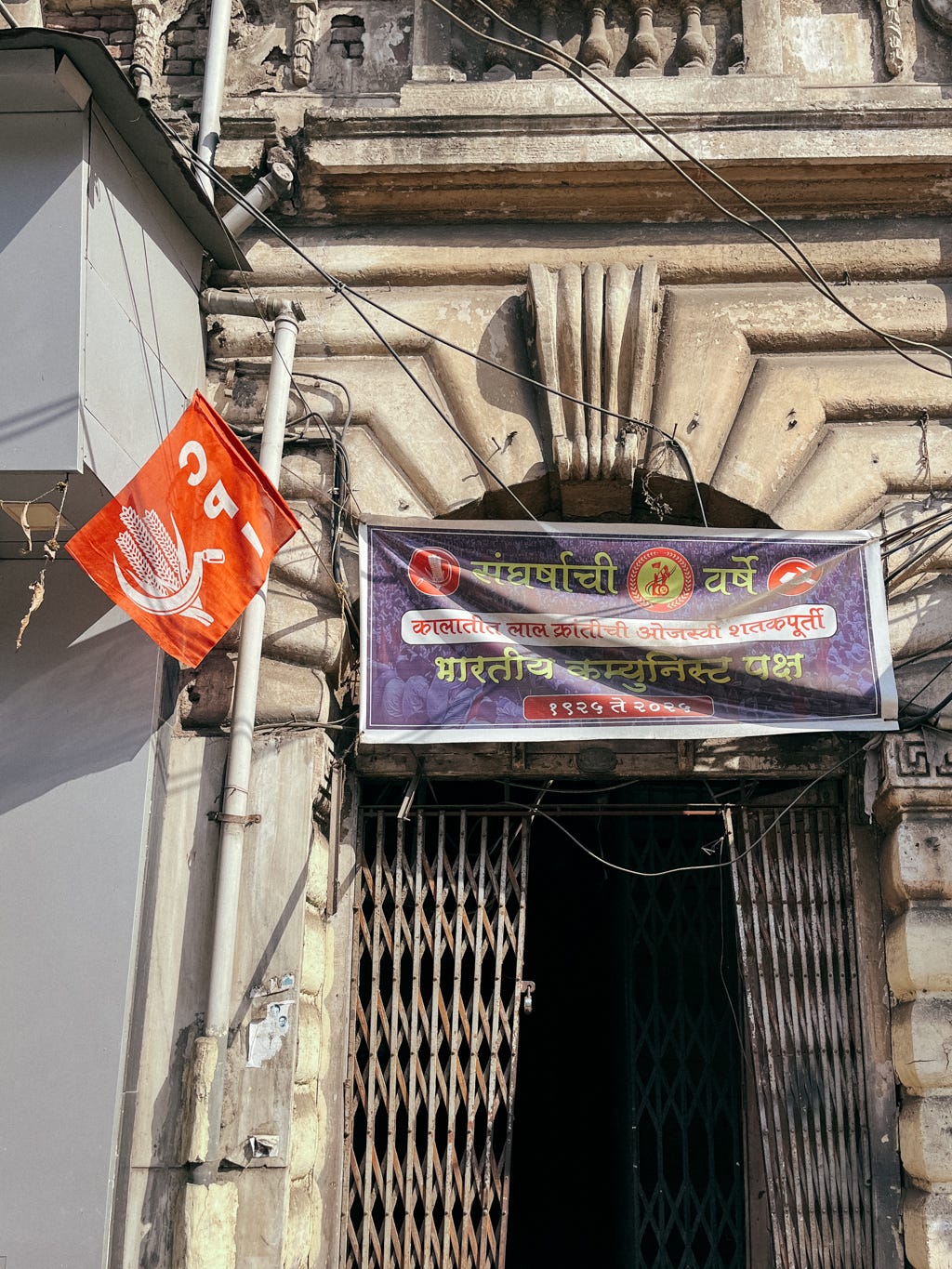
Founded in Kanpur on 26 December 1925, the CPI took time to find support across the country, but Mumbai soon became one of its most significant centres, particularly in the fight for labour rights. With its dense network of textile mills and working-class neighbourhoods, Girgaon was at the heart of this movement.
Inquilab Zindabad
Look around, and you’ll see traces of this legacy still embedded in the city’s landscape. Many of Mumbai’s roads, streets, and squares bear the names of communist and labour movement leaders—N.M. Joshi, whose name marks a main road.
Urdu poet Maulana Hasrat Mohani, who gave the world the slogan Inquilab Zindabad, co-founded the Communist Party of India. He is commemorated on a street in Nagpada opposite Sarvi Restaurant. The first Communist Party meeting was organised from his home in Kanpur.
In Parel/Shivdi, MLA Krishna Desai is commemorated with a Chowk. His killing, when he was the MLA by Shiv Sainik workers, can be said to have marked a milestone in the decline of the power of labour in the city.
Have you ever noticed bus number 35 heading towards Comrade Kurne Chowk? That’s in Worli. The prefix Com. (for Comrade) is occasionally found on street signs, honouring those who played key roles in the mill workers’ movement.
In Prabhadevi, Leningrad Chowk still stands as a tribute to the city's sister city in the USSR. It has not been rechristened St Petersburg Chowk.
Even the new Navi Mumbai airport will be named after a member of the Communist Party, DB Patil.
A Slow Long March
Leftist movements continue to face resistance despite their disappearance from the prevalent political landscape. In recent years, rationalist Govind Pansare, a member of the Communist Party of India, was killed by Hindutva terrorists.
The Peasants’ and Workers’ Party still holds ground in the state’s poorest districts, and an MLA is in the current Maharashtra Assembly. The party's name directly references the Workers’ and Peasants’ Party (WPP), the organisation behind the massive 1928 general strike of mill workers, a communist-inspired movement. Though the WPP was dissolved in 1929, its influence endures, at least in name.
The roots of communism in India were deeply intertwined with regional movements. The CPI’s first Secretary, S.V. Ghate, hailed from Mangalore and was a Marathi speaker, like many of the party’s early leaders. While working in Mangalore in 1934, Ghate's influence extended beyond the city, and he helped organise beedi workers in the nearby town of Kannur, present-day Kerala.
In 1937, he was instrumental in setting up the region’s first Communist cell alongside figures like E.M.S. Namboodiripad, sowing the seeds of what would grow into one of India's strongest leftist bastions and perhaps the last one.
The Communist Stage: Kerala People Arts Club.
It was in Kerala, decades later, that the Communist movement found an unexpected ally in the world of art. In the 1950s, KPAC (Kerala People's Arts Club), a drama and art group based in Kayankulam, Central Travancore, played a pivotal role in spreading communist ideals through theatre. Their plays, deeply rooted in the struggles of the working class, became immensely popular and helped shape public opinion, contributing to the historic formation of the world’s first democratically elected Communist government in Kerala in 1957.
Bombay’s own and still flourishing IPTA or Indian People’s Theatre Association, could’ve been the inspiration for KPAC, and just like how some of our most outstanding artists of the age came from that movement, it is for KPAC.
Decades later, KPAC’s influence extended beyond theatre. Many of its iconic dramas were adapted into Malayalam films, further embedding them in popular culture.
Ningal Enne Communistaaki - You Made Me a Communist was a superhit play from KPAC that challenged the feudal system in Kerala, which had just become part of the new and energetic Indian Union. Kerala until 1947 was split into three - Malabar (under the British) and the kingdoms of Cochin and Travancore. KPAC is based in Kayankulam, part of the Travancore Kingdom, and is just south of the region's rice bowl, Kuttanad. To learn more about the region’s feudal history, read the JCB Award-winning Moustache (Meesha) by Hareesh. The English translation by Jayasree Kalathil is a treat to read.
In 2011/2, I visited the KPAC office thanks to my friend Biju Ebenezer, who runs a blog called Old Malayalam Cinema. Unlike me, Biju is a big movie fan. He was very interested in visiting and exploring this institution, which has now contracted in size and influence, knowing that its theatrical productions left an indelible mark on Malayalam cinema, culture, and politics in the mid-20th century.
This photo essay offers a glimpse into that visit, the art, ideology, and stories of a movement that reshaped Kerala’s political landscape. The writers, lyricists, and actors who created KPAC are household names in Kerala and its diaspora. Many popular artists on screen add KPAC to their names, just like NINASAM (a short form of Neelekanteshwara Naataka Sangha) of Heggodu is to Kannada culture.
When Biju and I visited KPAC, they were preparing for a new play set to go on tour later that year. The centre, which is located on NH66, halfway between Kochi and Trivandrum, has a small stage.
The Internationale:
The Keralite Stage is Global.
The location of KPAC on the main highway that runs the length of Kerala state should make it ideal for a bigger stage or a grand museum. There are enough stories here to be told.
The most interesting ones are the places KPAC went to as a troupe.
True to its name, the organisation is more than just a theatre group. The local library or library space is a part of the community.
Museum of Memories?
Maybe it’s not a museum because that would make it commercial.
For a person travelling with a camera like me, a visit to a place like KPAC is akin to trying to fathom the depths of the ocean by watching a sunset at Girgaon Chowpatty. I can’t even skim the surface.
Recently, as part of the Swapbook Group, which is run by
, and other friends, I had the privilege of speaking with Srikar Raghavan, the author of the epic time-travel book Rama Bhima Soma: Cultural Investigations into Modern Karnataka. This is how the publisher describes his work:One young man’s desire to explore this vibrant historical backyard, born out of a feeling of being linguistically unmoored, compounded by worries over an increasingly opaque political direction, leads to an ambitious—no, audacious—attempt to unpack the region’s social and cultural histories.
Rama Bhima Soma is an enterprise of translation and rediscovery, packed with stories and conversations. The life and times of legends like Kuvempu and Shivaram Karanth; the fall of Socialism and the rise of the Hindu Right; the intellectual ruminations of U.R. Ananthamurthy, D.R. Nagaraj and M.M. Kalburgi; the wildly popular television serials of T.N. Seetharam and the community-centred one-woman theatre shows of Du Saraswathi; a brief history of Naxalism in Karnataka and glimpses of other complicated legacies of the 1970s’ Left—the book explores a dizzyingly wide sweep of Karnataka’s contemporary history, seeking, above all, to forge new connections and begin fresh conversations.
If someone had the audacity to write a similar book about Kerala, or even just the district of Alleppey, KPAC and the world it inhabits would surely be a part of it.
I hope more young writers, seasoned historians, or even a sentient AI take up the task of chronicling every state, every sub-region of our vast subcontinent and South Asia, in their own way, not to wield history as a weapon of caste, linguistic, religious pride, but to understand and remember who we are.
We are 2 Billion+ people. We are even more if we take Asia as a whole and are we telling our stories to remind each other that we are human and we belong to one home?
The East is Read. And Written.
That’s all, folks.


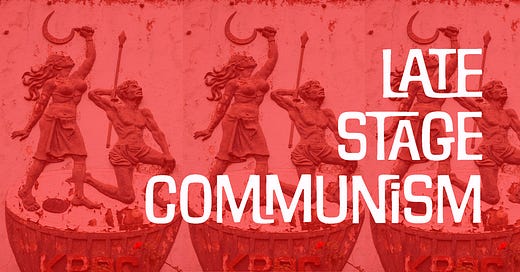



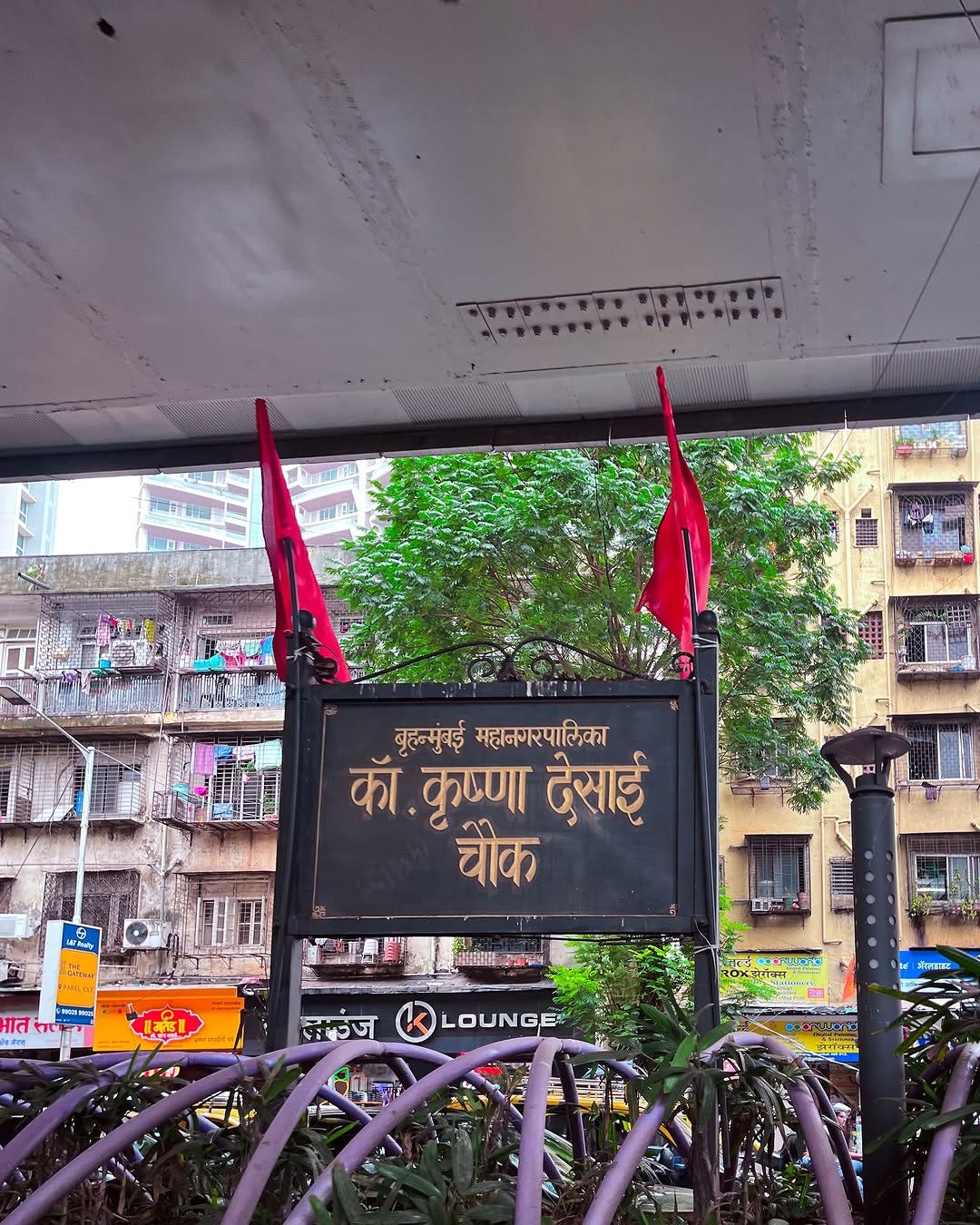


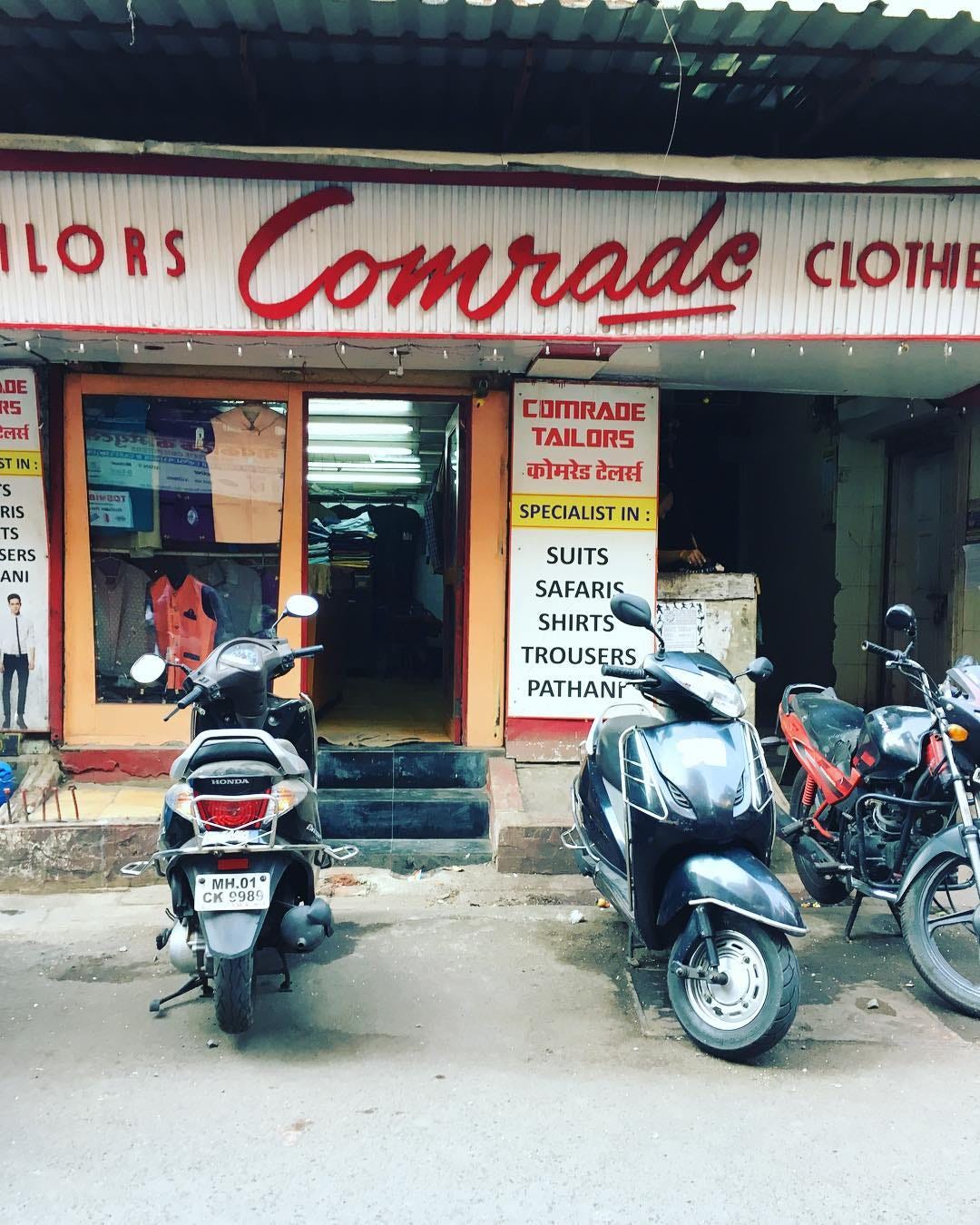
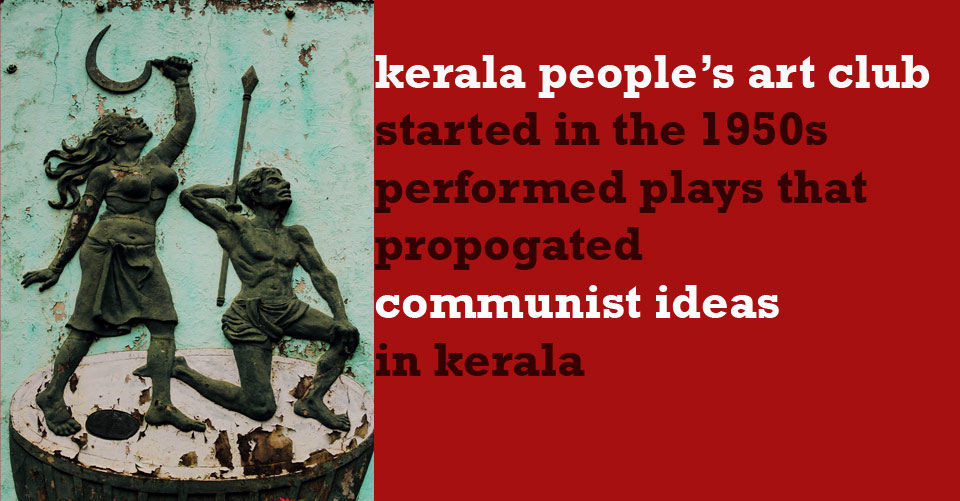
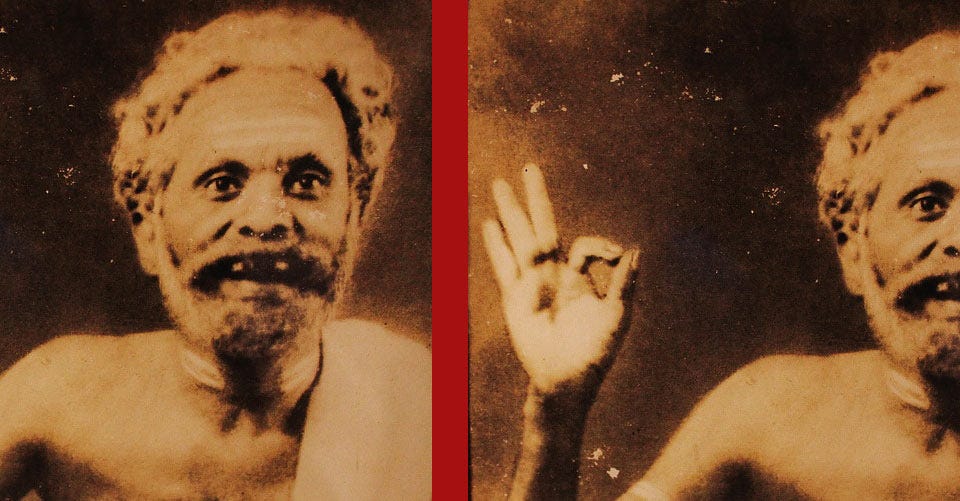

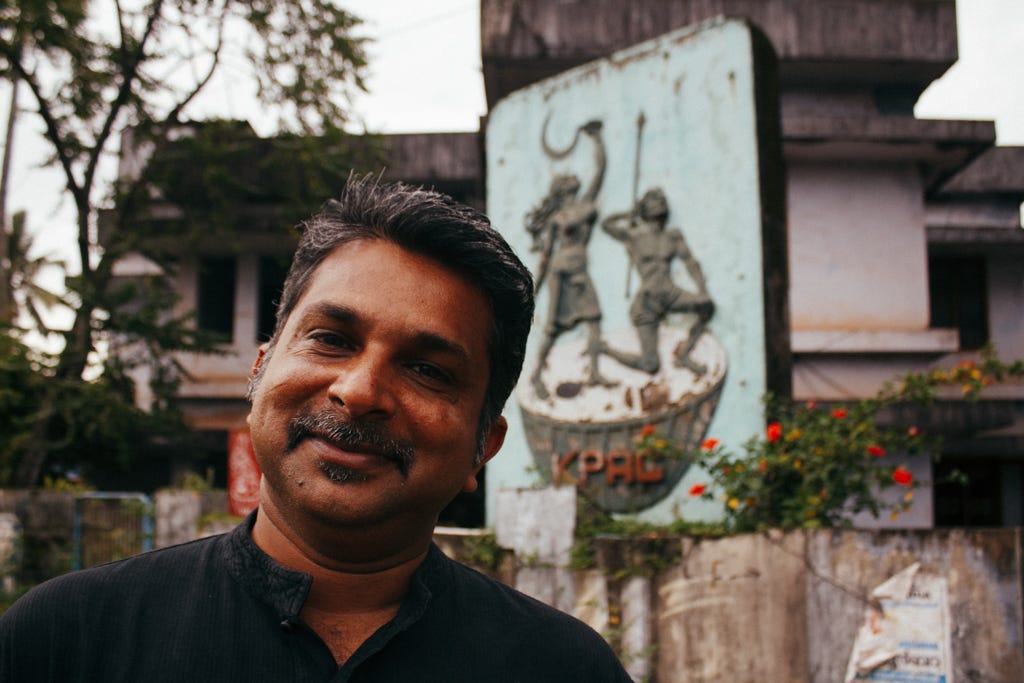
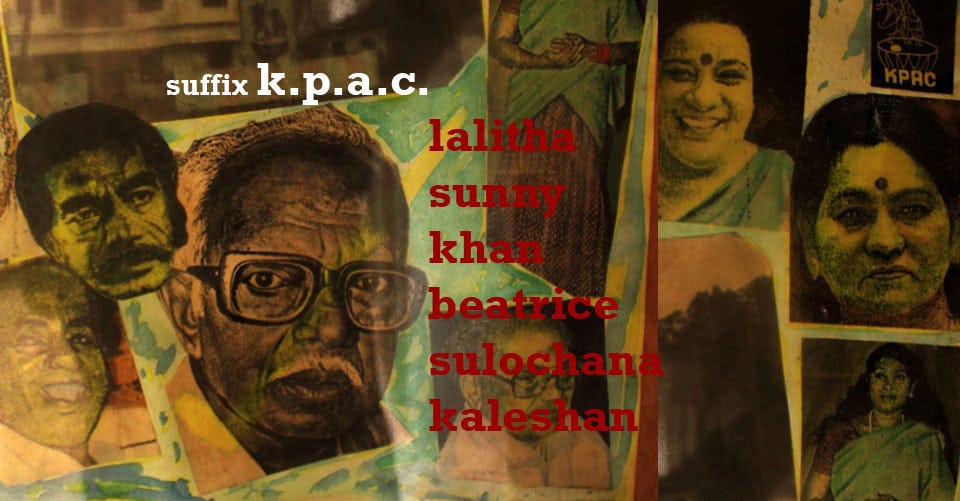
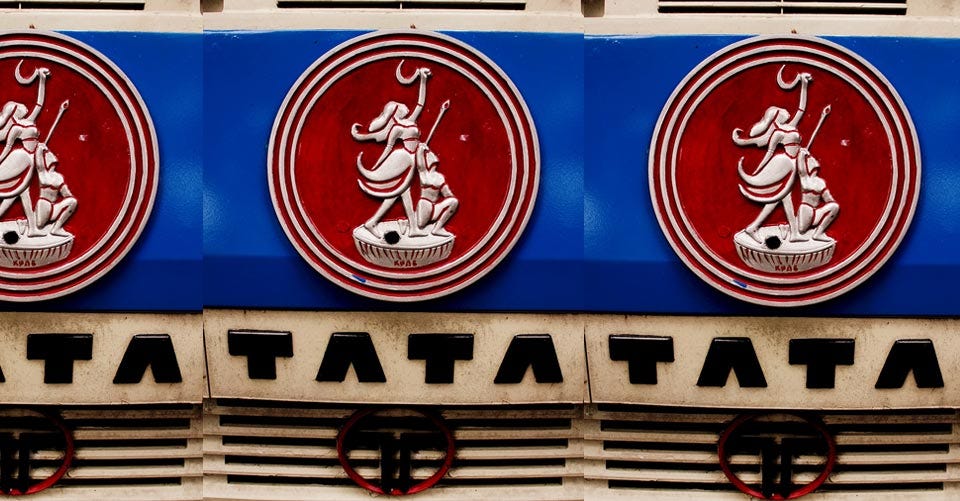
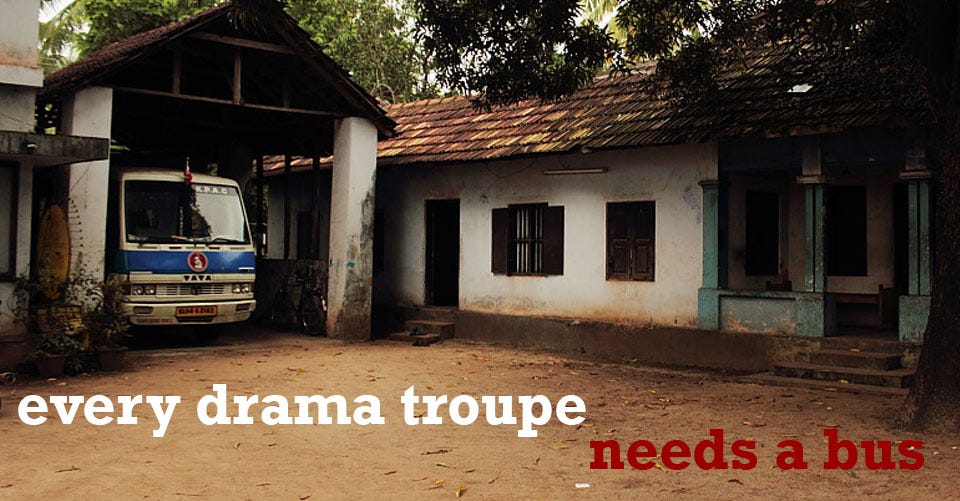
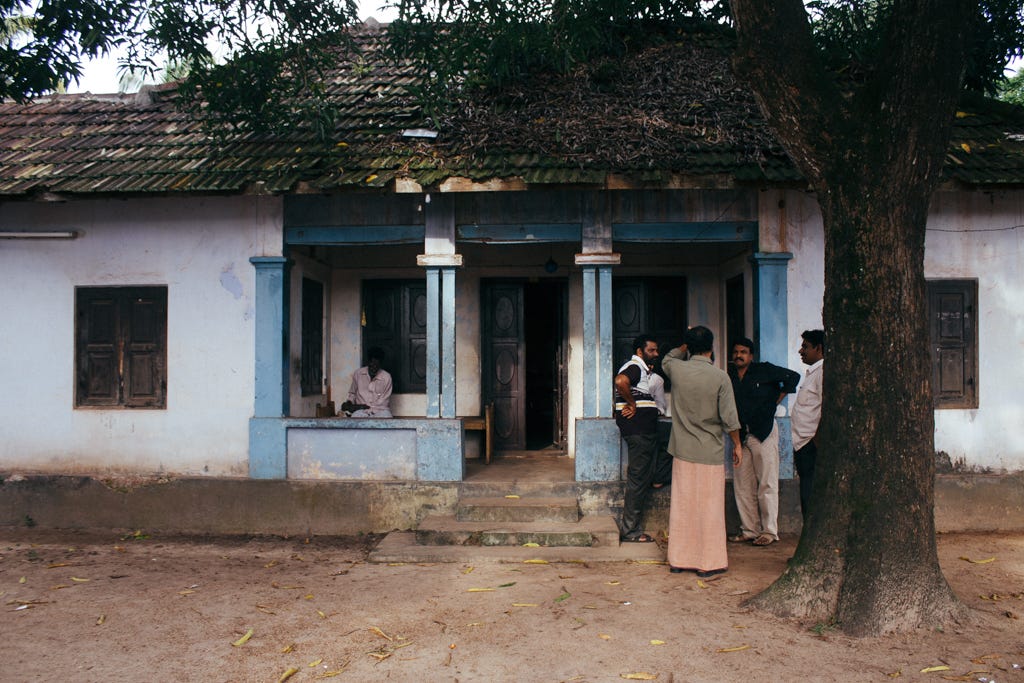
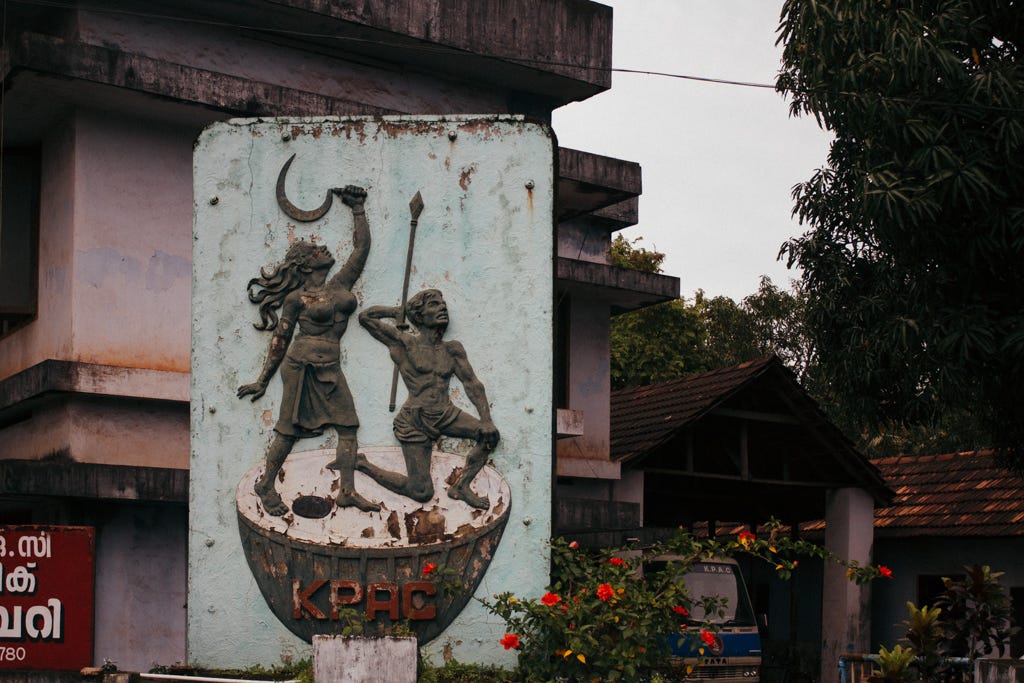
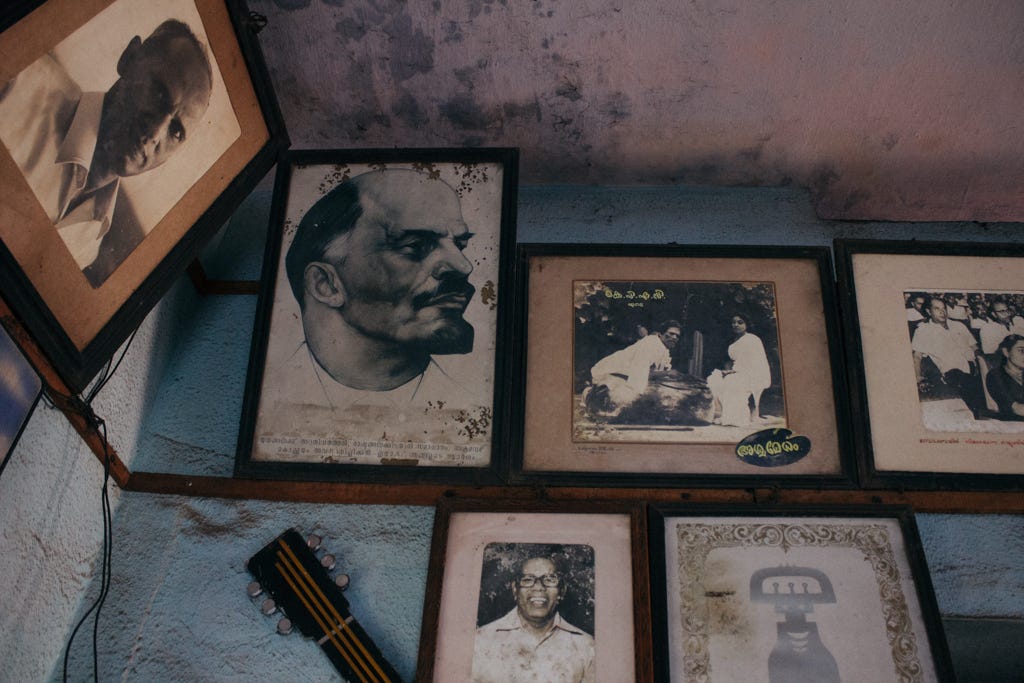
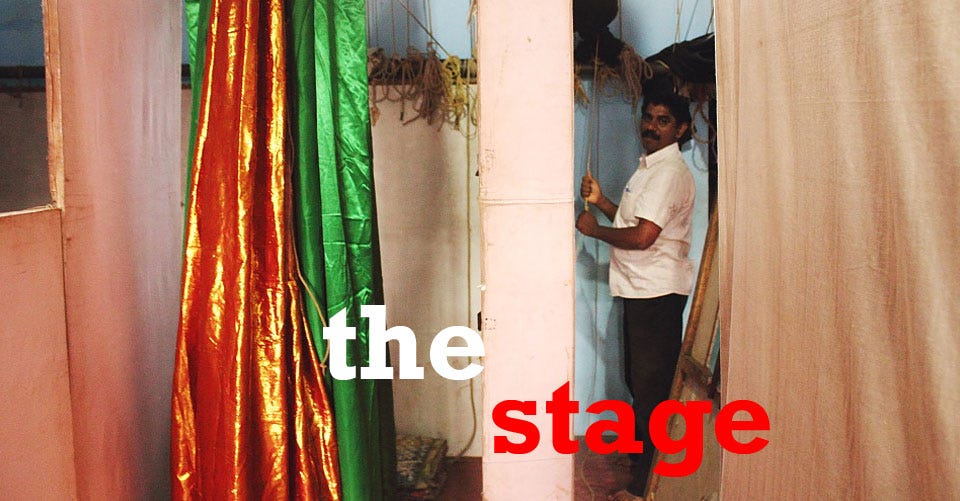
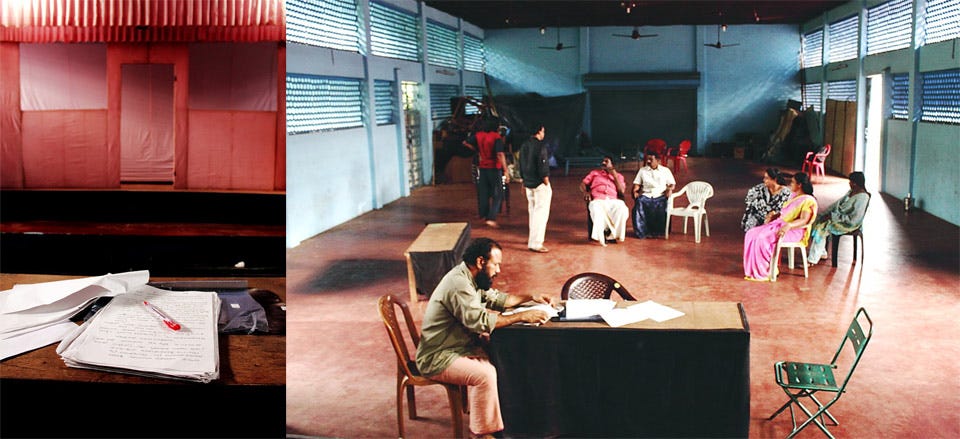
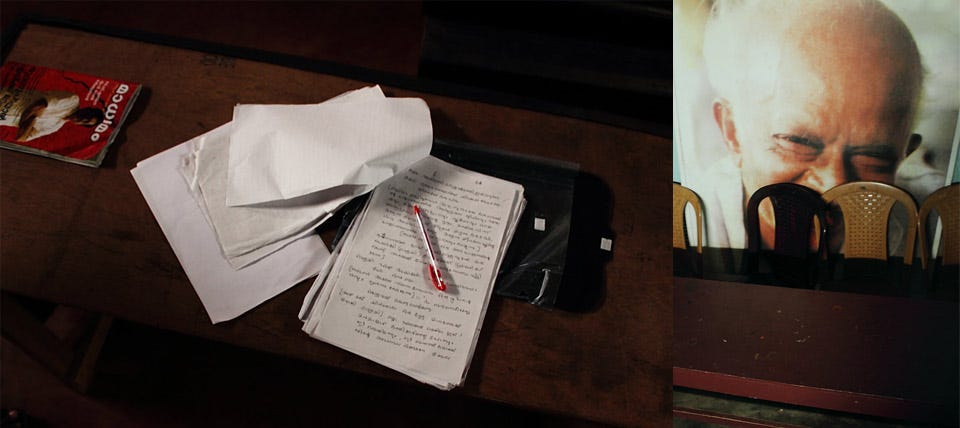
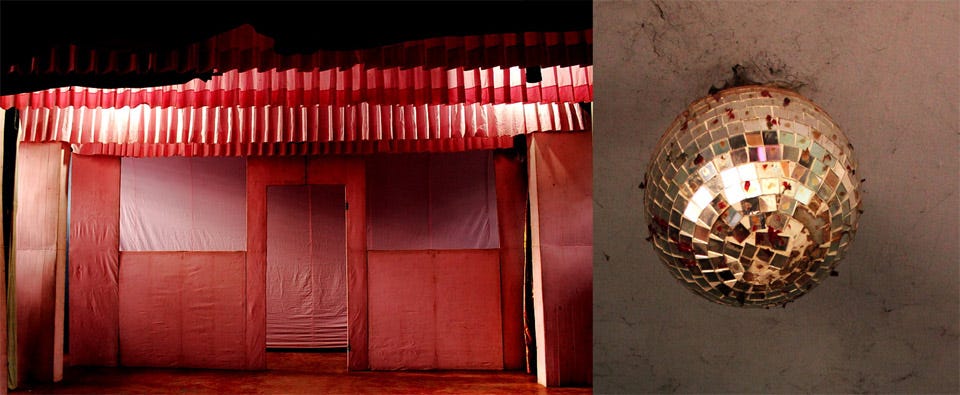
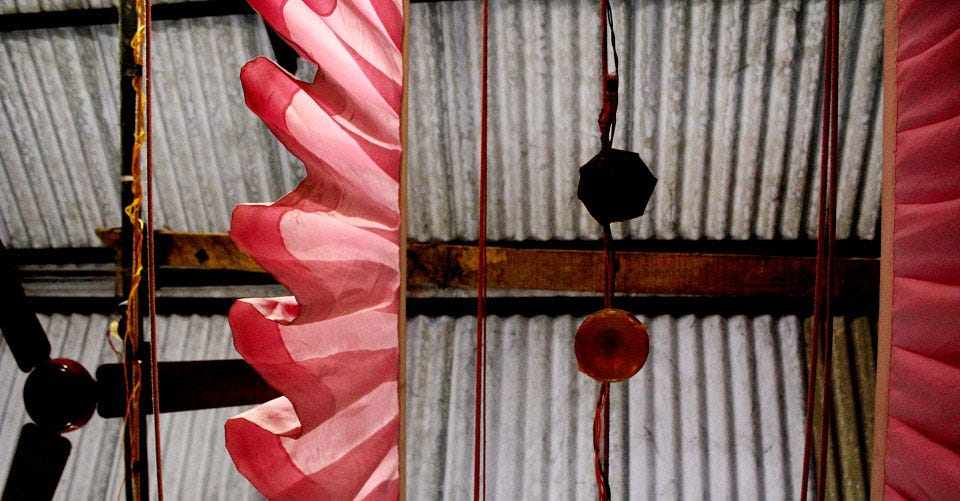
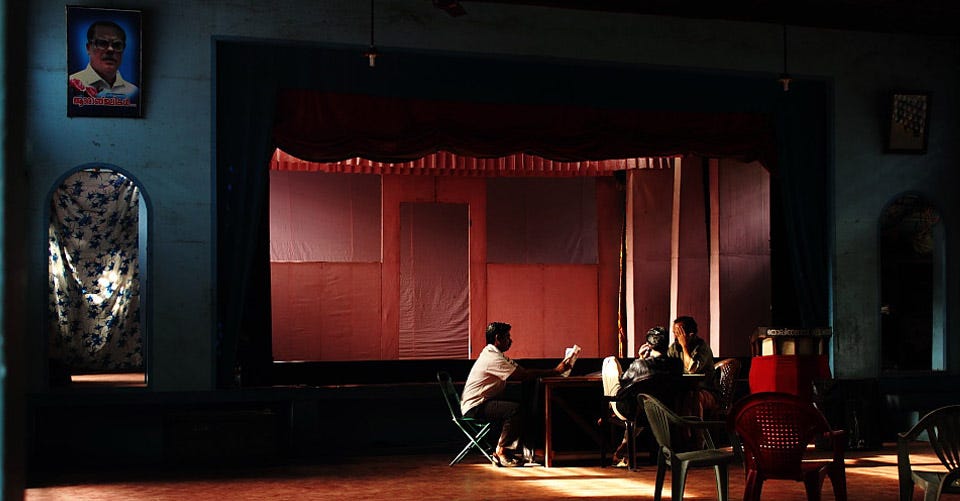
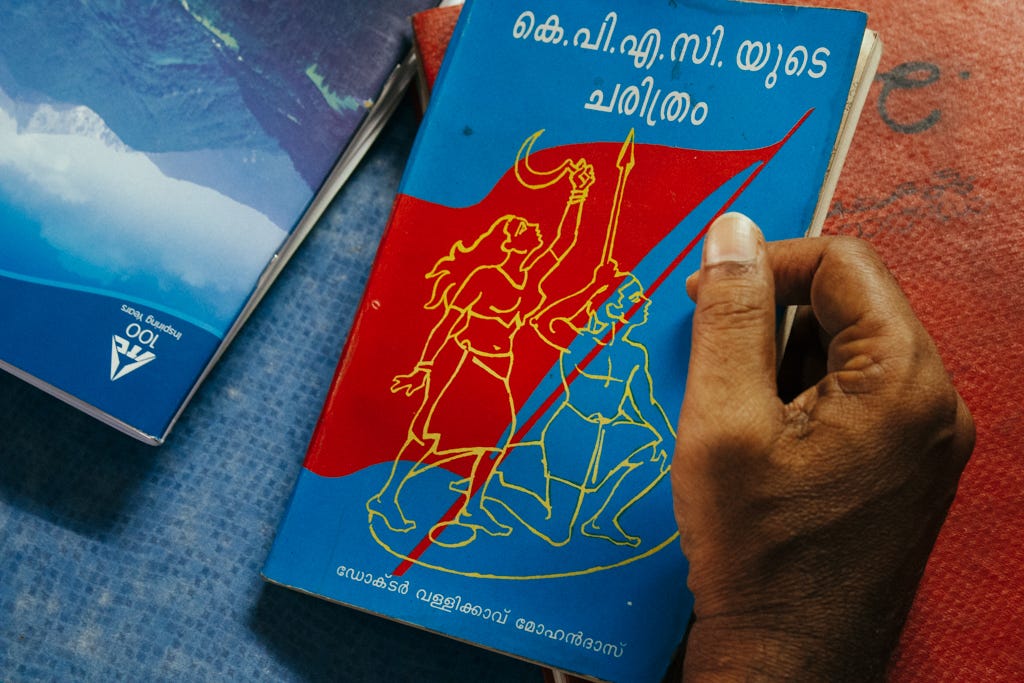
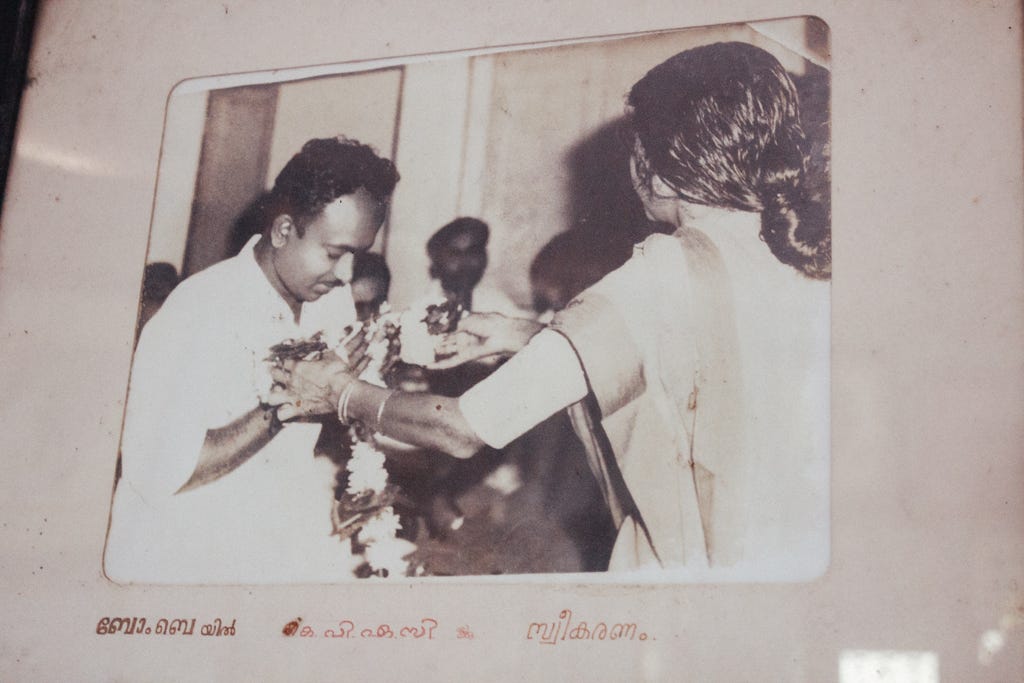
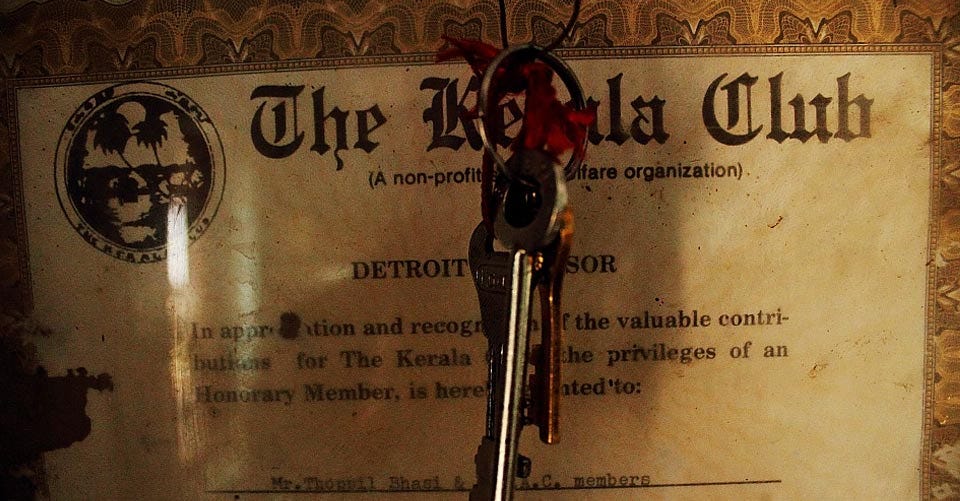
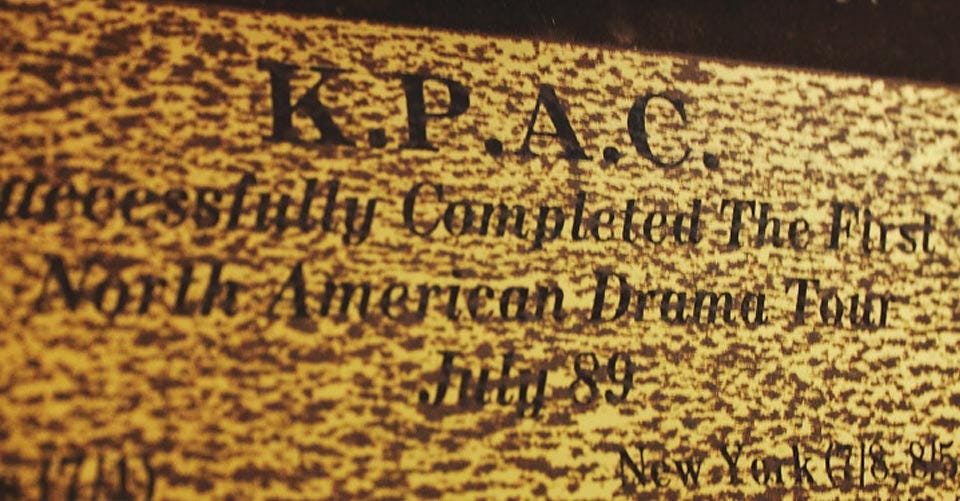
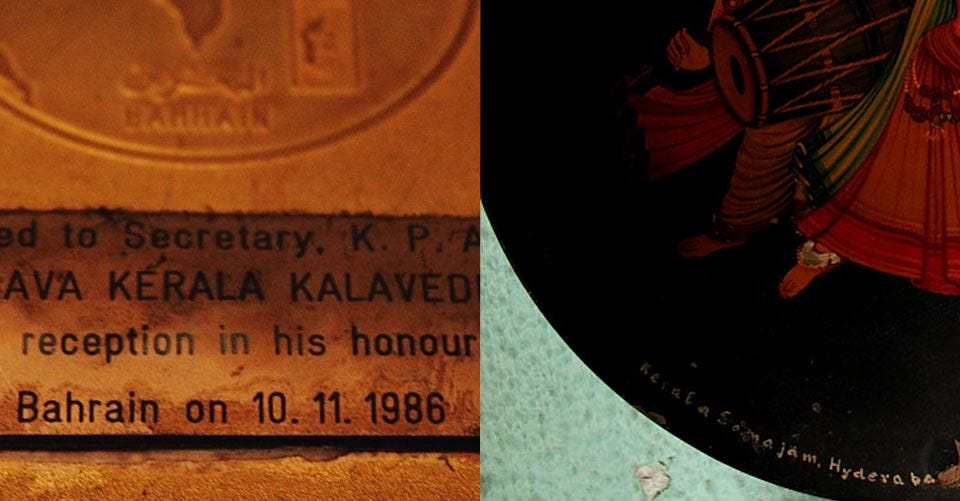

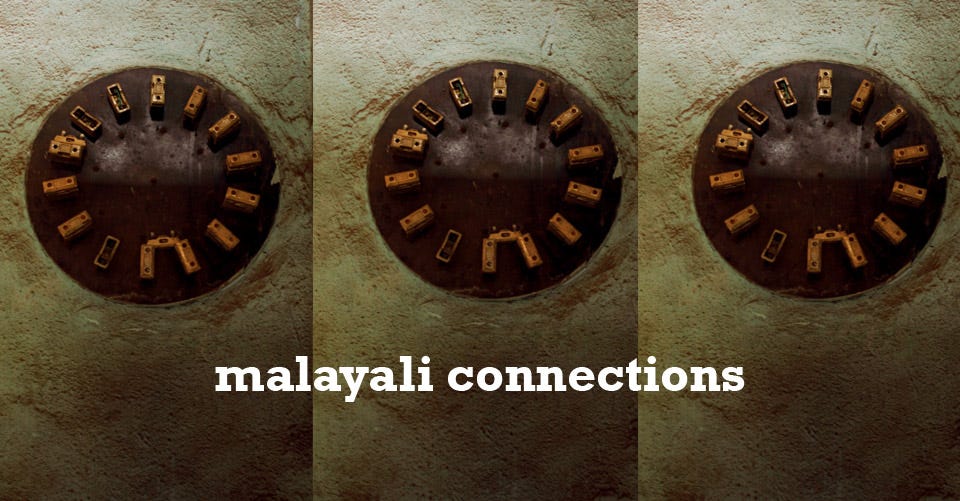
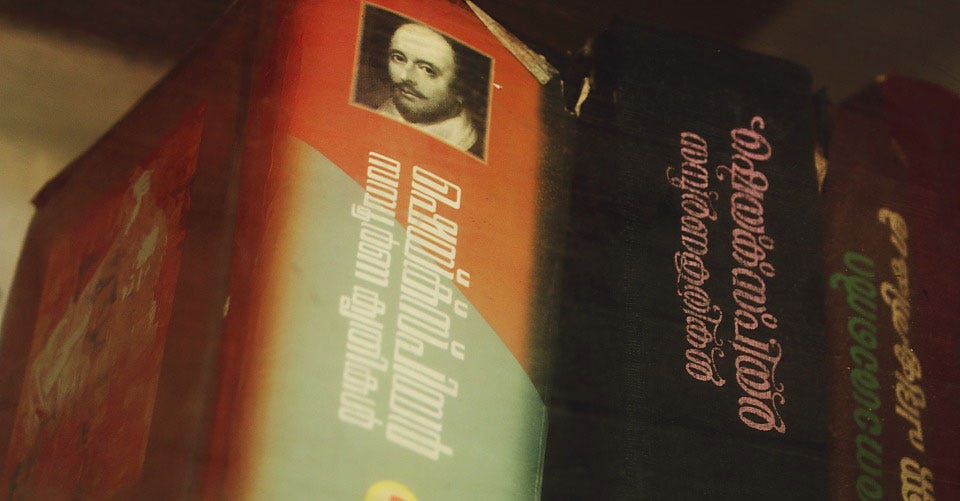
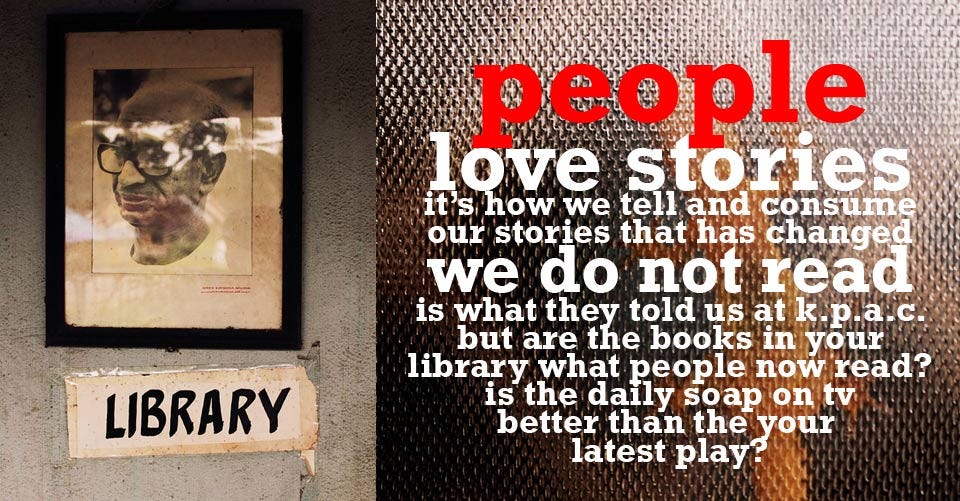


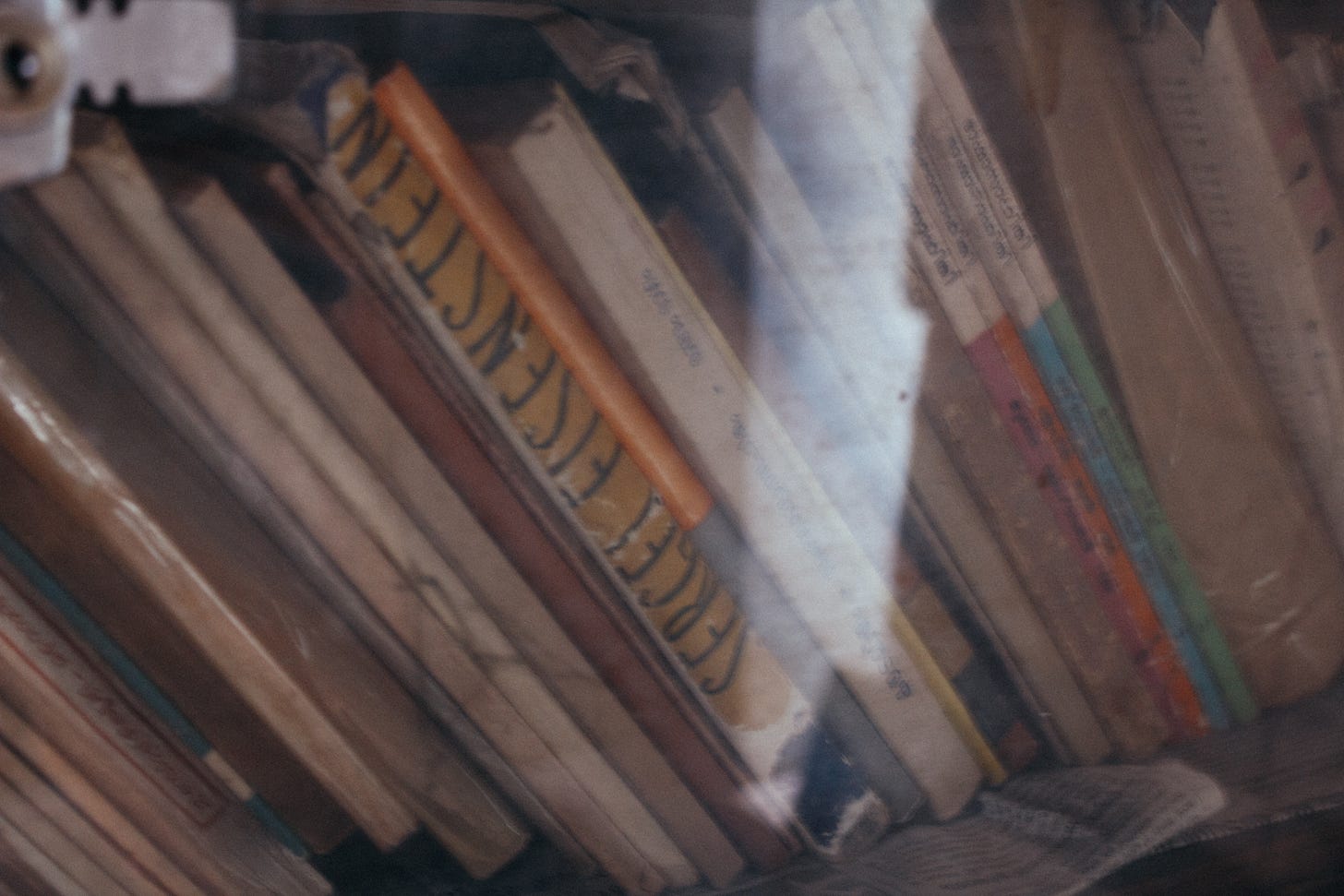
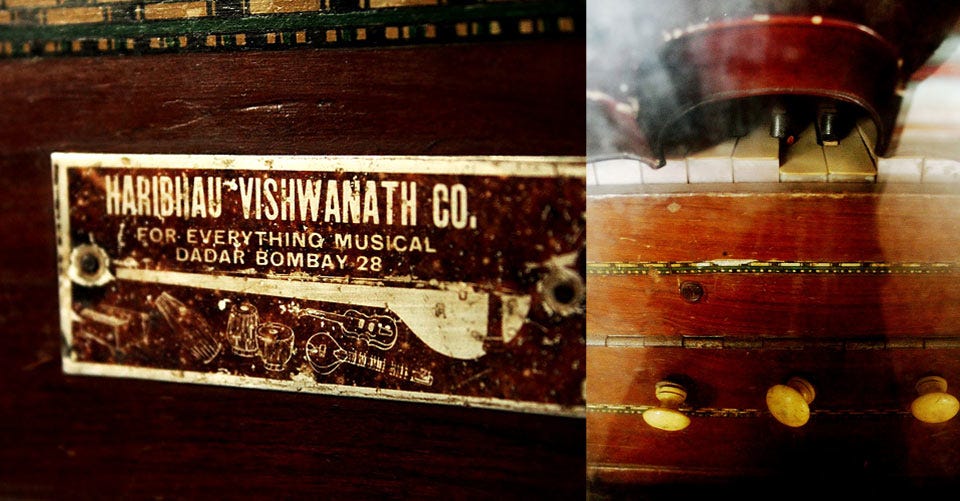
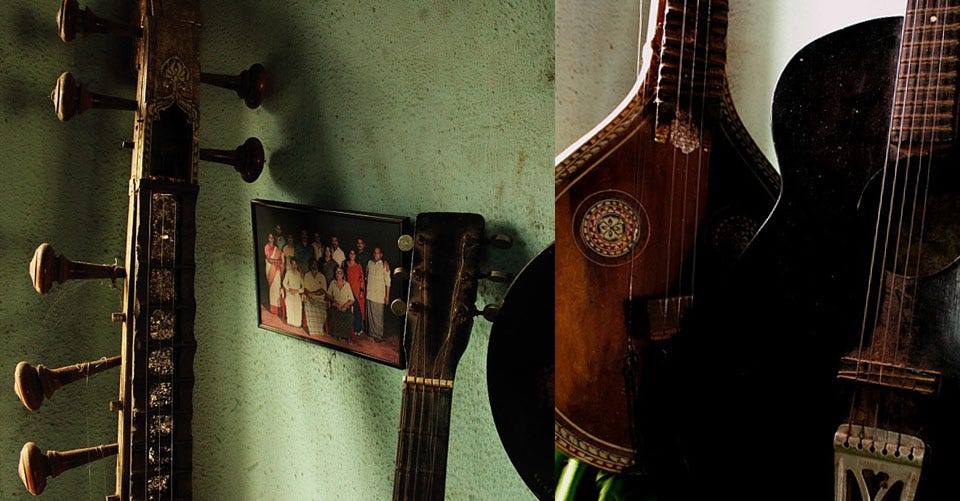
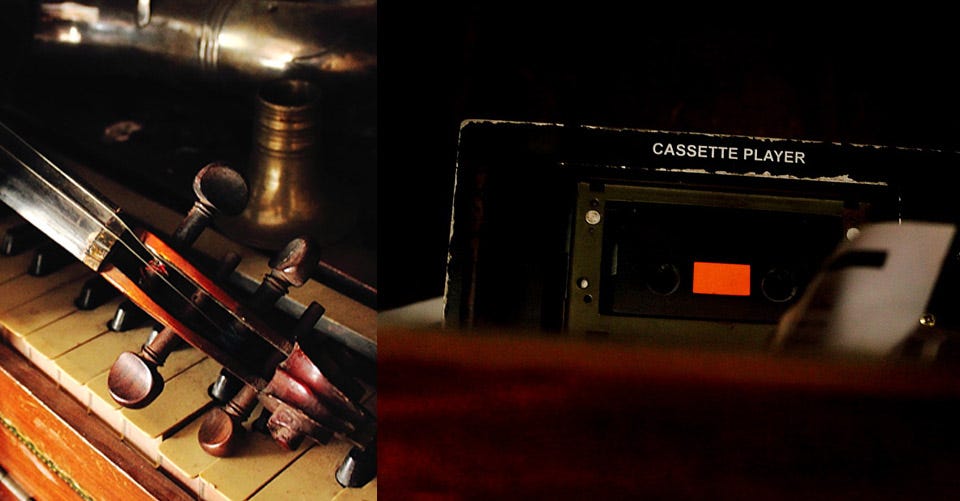
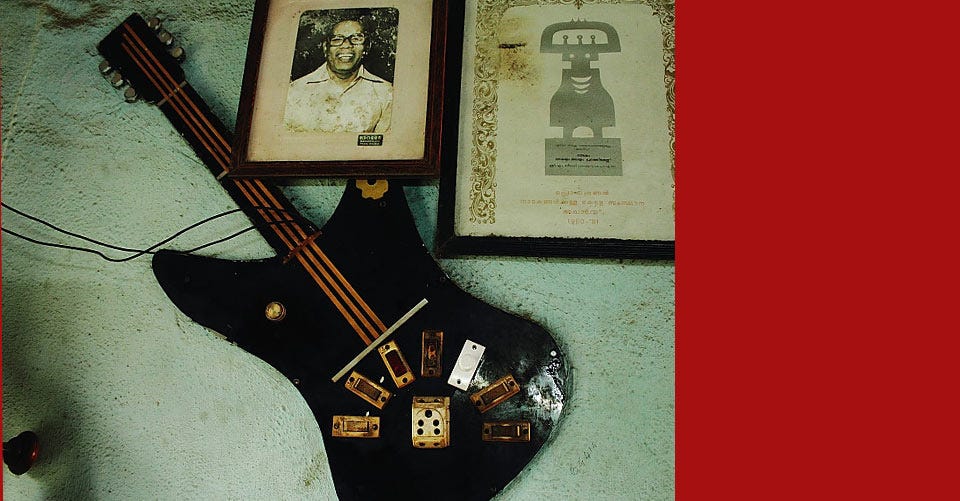
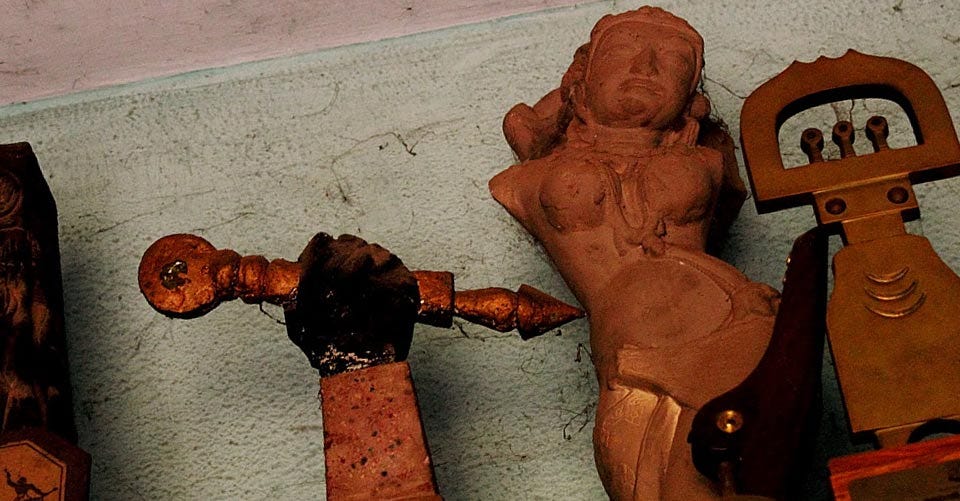
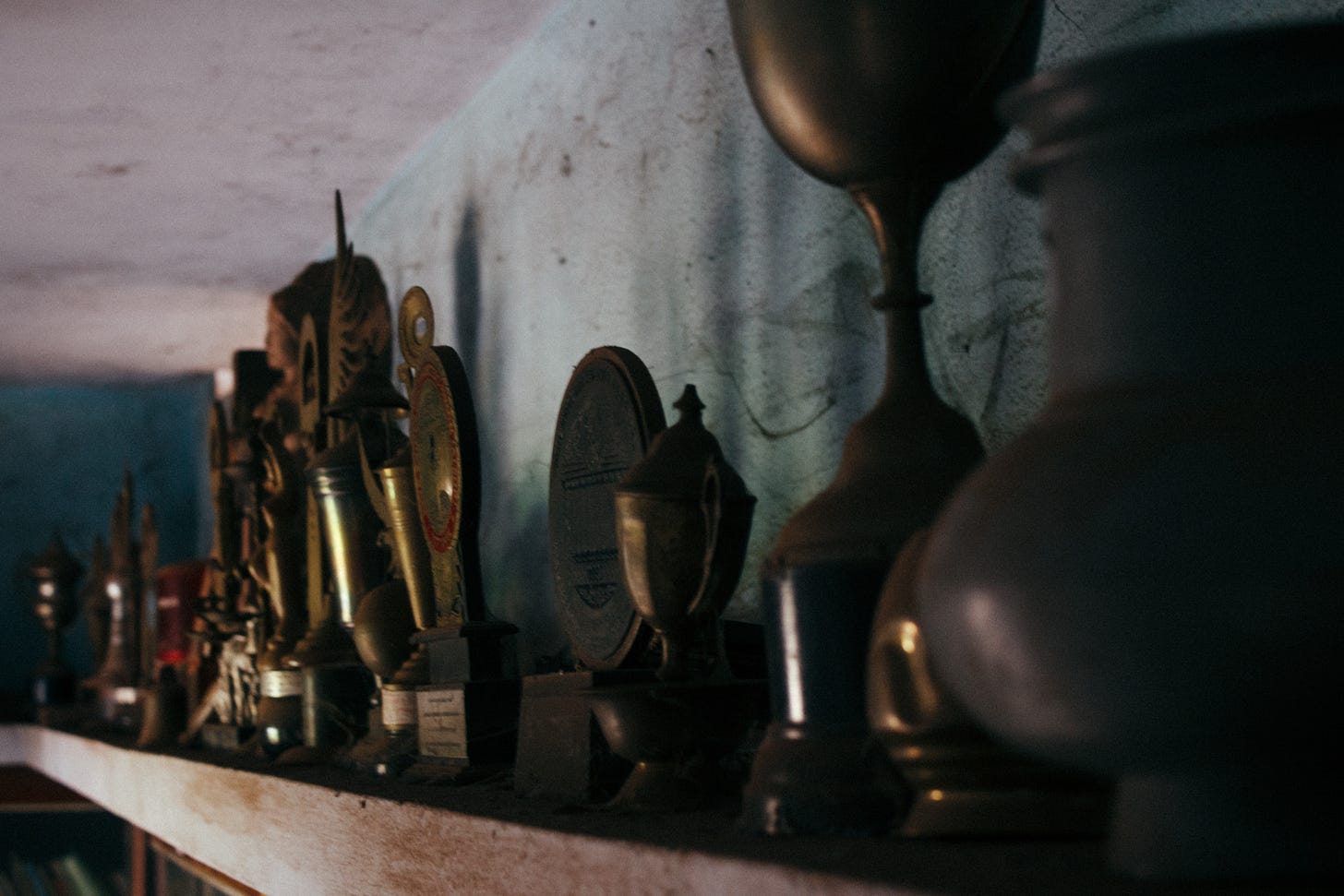
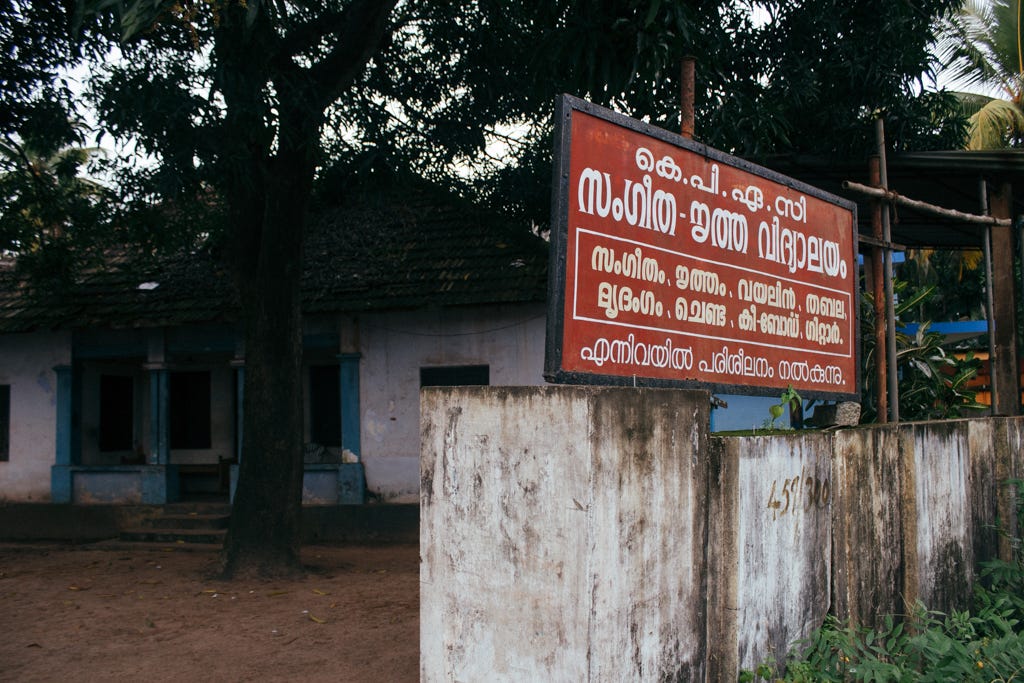
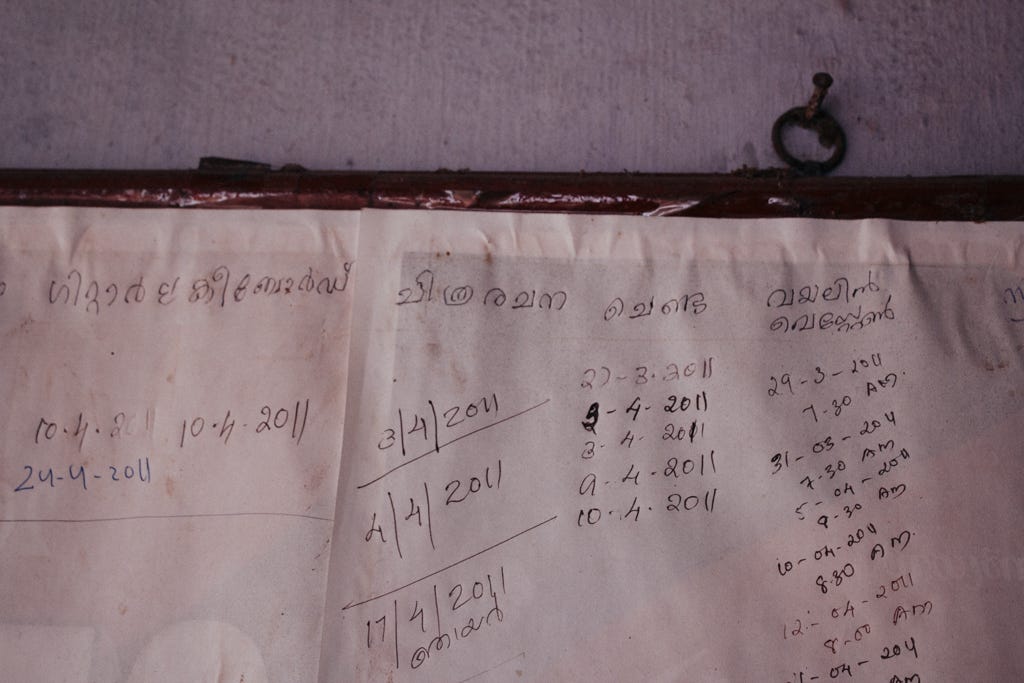

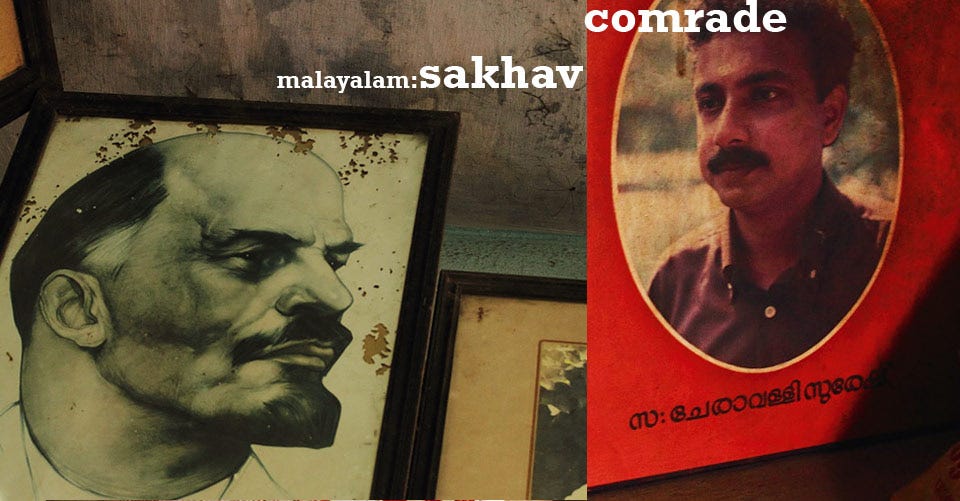
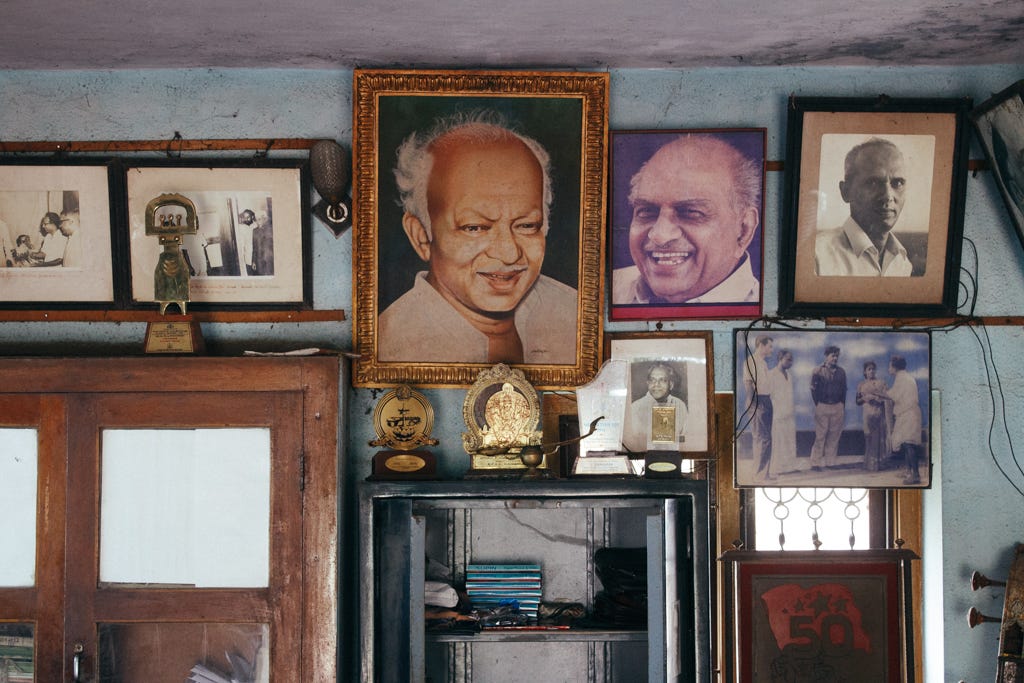
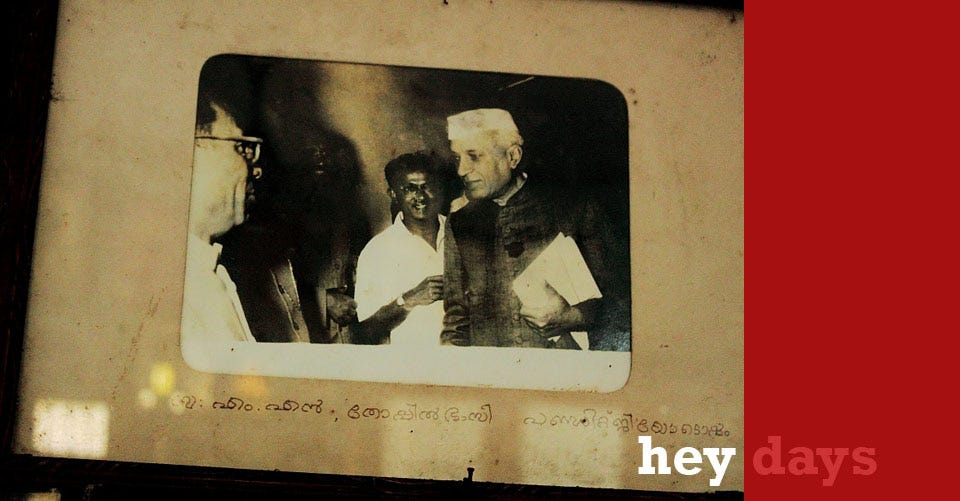

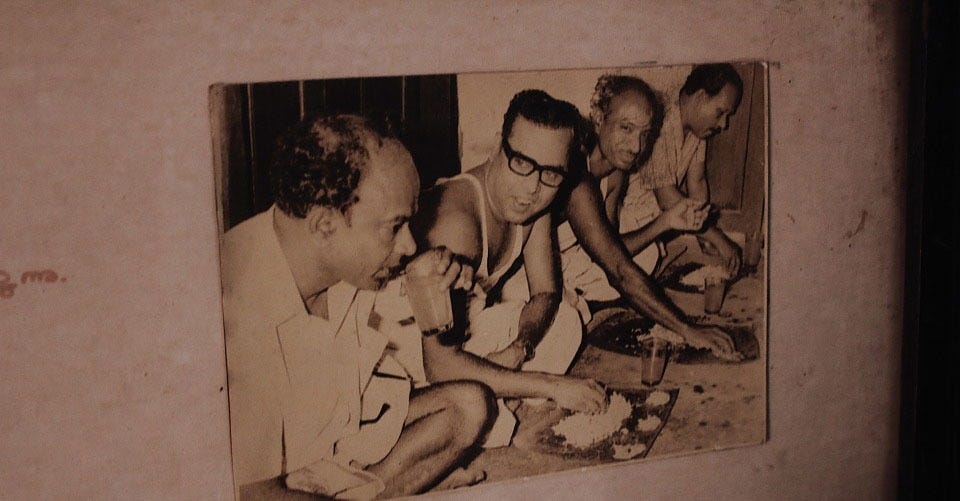
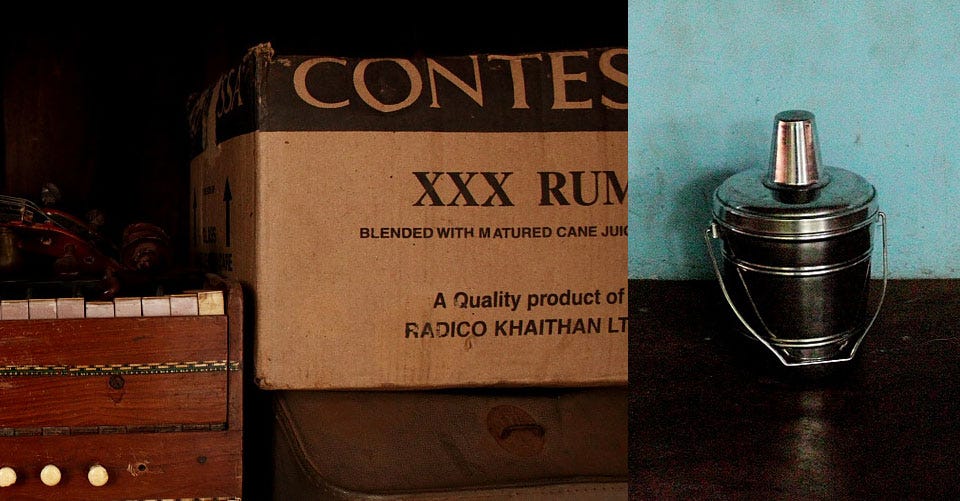
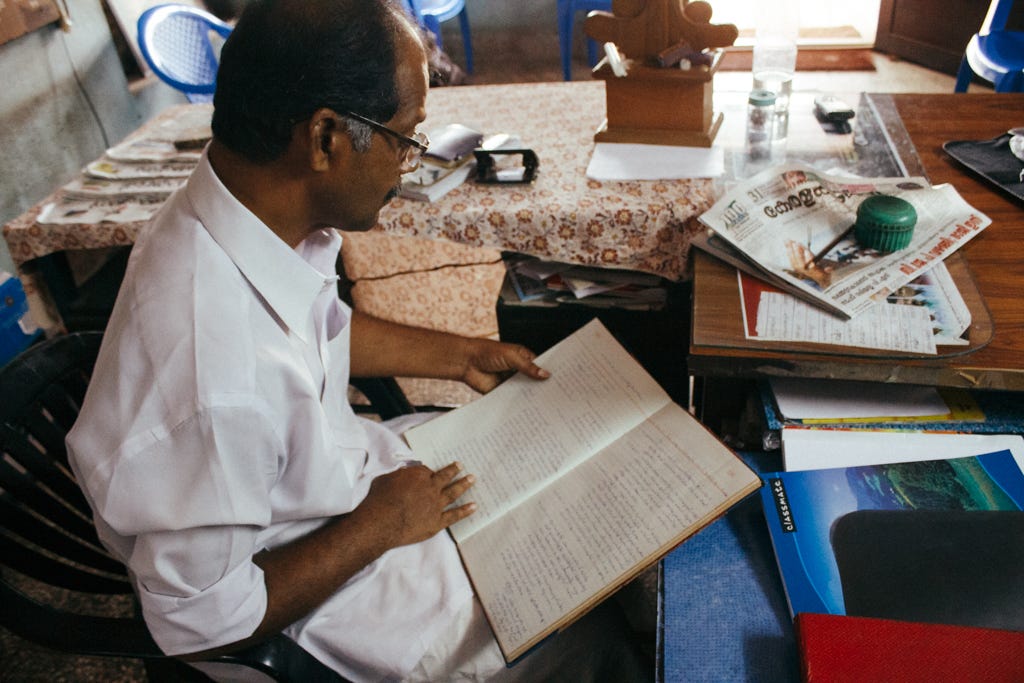
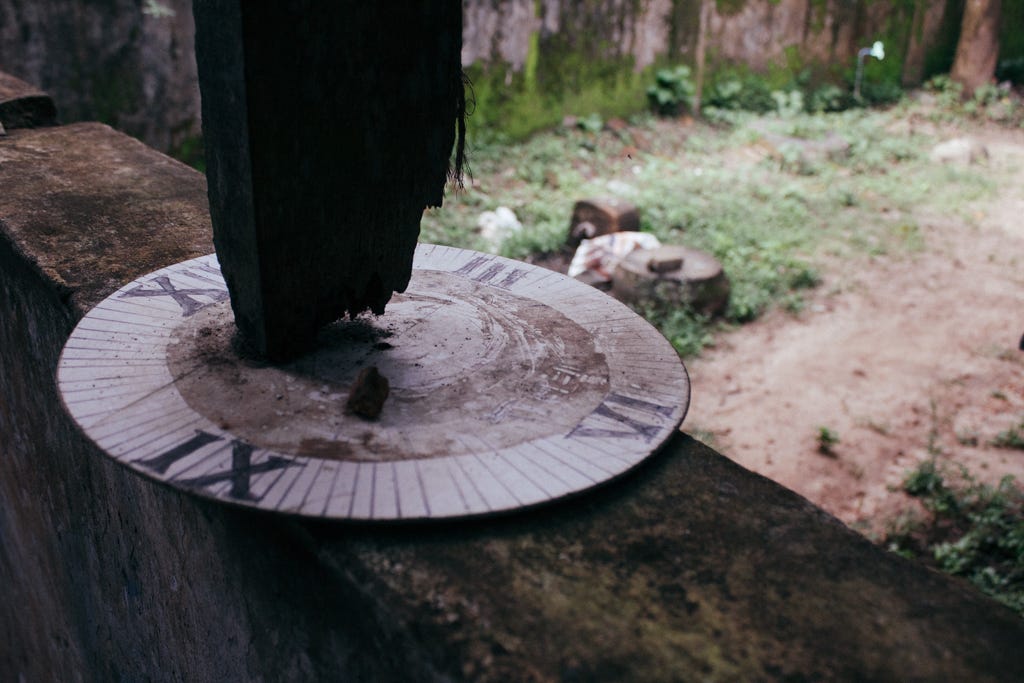
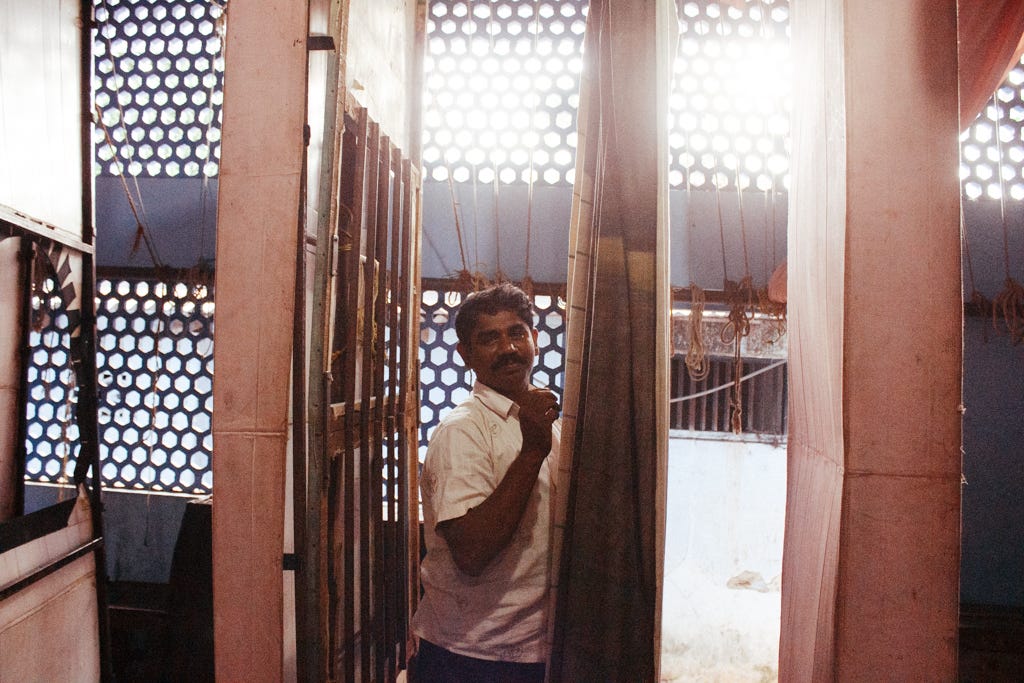


Superb article Gopal. Your research is so thorough. Thanks for sharing 👍
It's great reading about the communist movements in Bombay, especially KPAC. It should be NINASAM (a short form of Neelekanteshwara Naataka Sangha), not Ninsam.